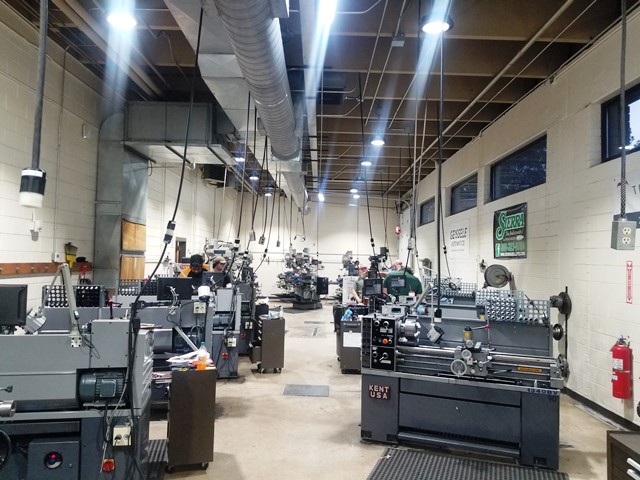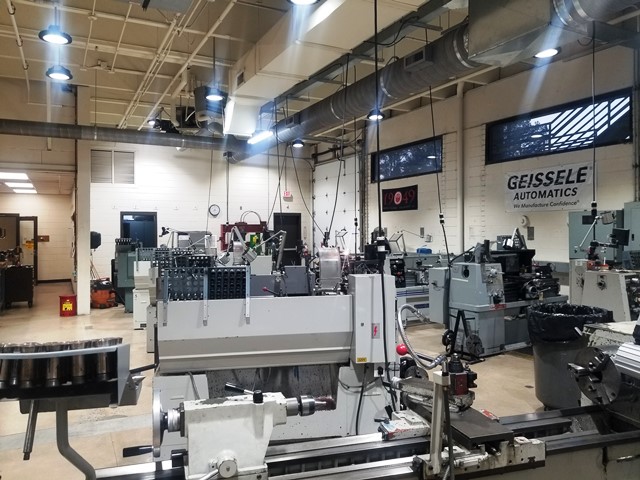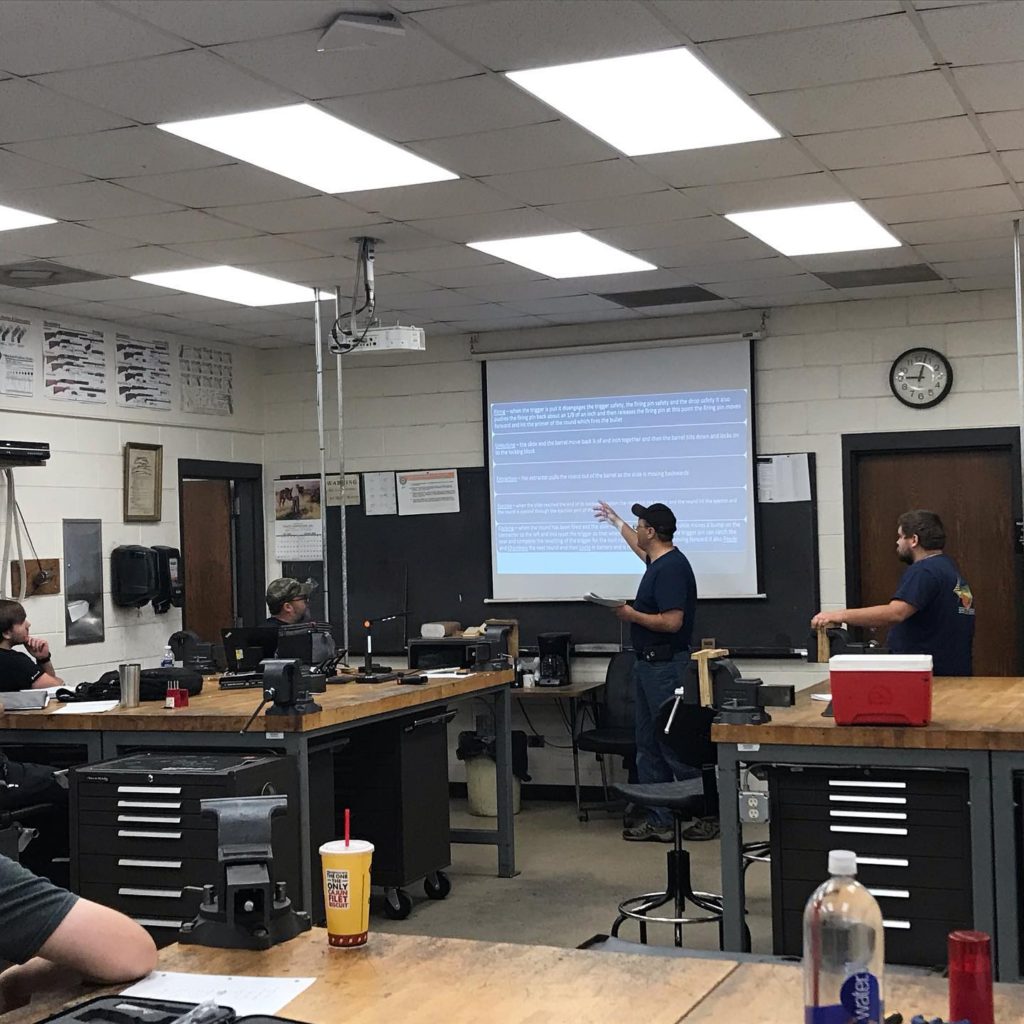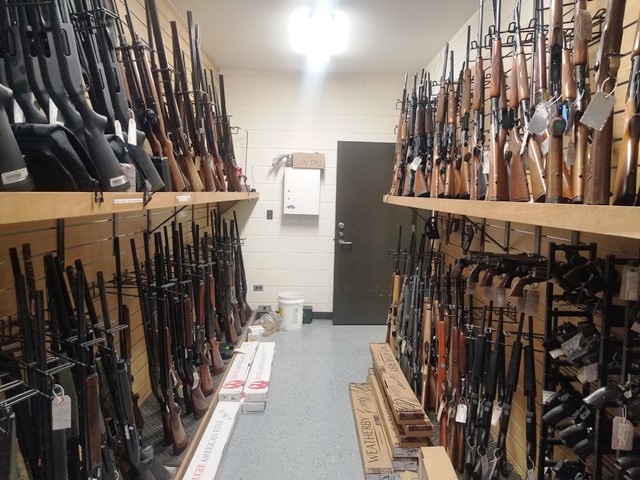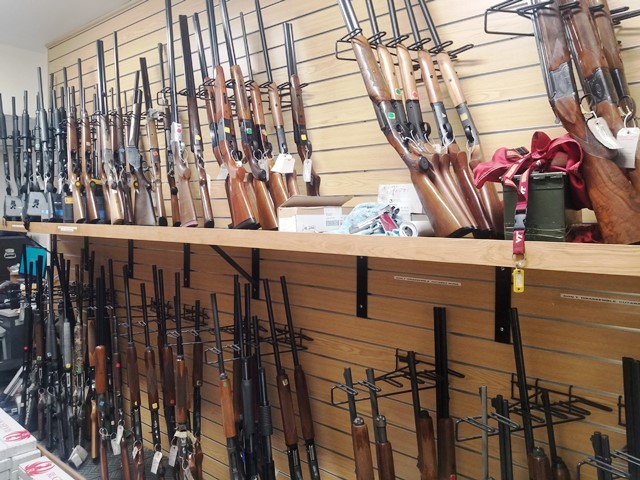I am not a gunsmith nor do I play one on television. That said, I like to be able to do minor things such as mount a scope or assemble an AR lower. I can add something new to my repertoire – cold bluing.
I am having a friend help me re-barrel my older Savage 111 to .338-06 A-Square. Since I was going to all this trouble I thought I should put a new recoil lug on it. The factory recoil lug is stamped whereas a high quality machined lug would be parallel front and back. I got one in 4140 alloy steel from Pacific Tool and Gauge that was 0.228 inches thick. I could have gone with stainless but the rest of the rifle is blued.

To protect the steel from rusting, I could have just painted it with anything from Rust-Oleum to VHT auto paint. However, paint can chip. What doesn’t chip is bluing nor does it change the dimensions of the part. I don’t have access to a hot bluing tank and rust bluing would have taken more time than I wanted to devote to this. So that left cold bluing. There were many different products to choose from but eventually I went with Brownell’s Formula 44/40 Instant Gun Blue which I ordered from Amazon. I have chatted with a tech at Brownell’s before I placed my order and he confirmed it would work on my steel alloy.

The whole process could not have been simpler. I think from start to finish it took less than 20 minutes while sitting at our kitchen table. I started by cleaning all the oils off the recoil lug with brake cleaner (outside!). I cleaned it twice. While it was drying I assembled some Q-tips, cotton balls, and gauze. Then, while wearing nitrile gloves, I heated up the lug using a hair dryer. When it was hot to the touch, I applied the first coat of Formula 44/40 and then wiped it off. I ran it under hot water to neutralize the bluing and then dried it off. Checking it over, I decided a second coat was needed and repeated heating it with a hair dryer. I gave the lug a good, liberal coat of the bluing and then wiped it off. After rinsing in hot water again, I coated it in Ballistol gun oil and put it in a ziplock bag. The lug now has a dark blue matte finish which will match the rest of the rifle.
I’m not sure if I’d do a whole gun or even a barrel with cold bluing but for a small part it was perfect. I think it is also great for touching up scratches or wear spots. As to the Brownell’s Formula 44/40, it worked well for me. Brownells also has Oxpho-Blue which has a good reputation. Birchwood Casey is another company making a number of cold bluing products. As with all things, ask questions and go from there.

